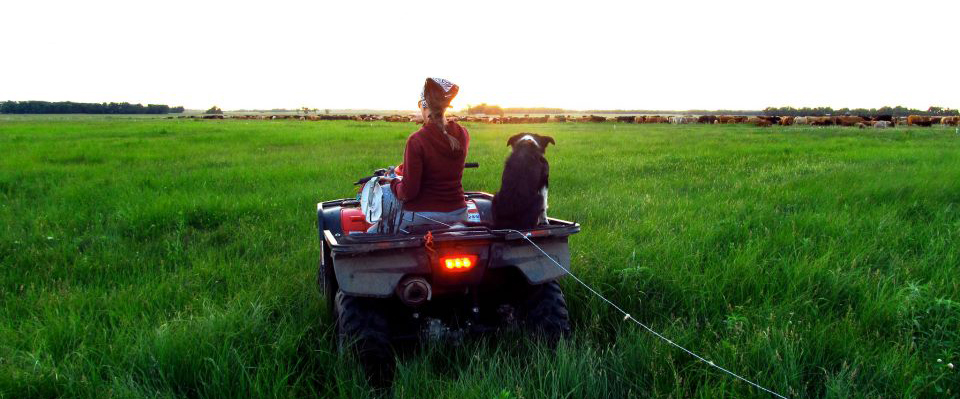As recent as 10,000 to 15,000 years ago the North American landscape was stimulated intermittently by the disturbance of many large mammals or megafauna. Many of these diverse megafauna from bison and camels to mammoth and mastodon were herbivores that grazed and browsed grasses, plants and trees and many were carnivorous predators that ate the herbivores. There were giant ground sloths that pruned most of the trees in the landscape and 8 foot long giant beavers. There was even a 9-foot saber-tooth salmon. Imagine a savannah/prairie system from Cloverdale to San Benito that extended 20 kilometers west of the Golden Gate teeming with wild life far more diverse than the African Serengeti. These animals were abundant, were much larger than any of their modern relatives, most ran in large, diverse herds and they all disappeared from our landscape approximately 10,000 to 15,000 years ago (right around the time that humans arrived on the scene). Most of the mammals weighing over 100 pounds disappeared after being a component of the ecosystem for up to and over 2 million years.
Grass was the base layer of this food chain. Not the grass in front of your house or even most of the grasses seen on a weekend drive to the coast. GRASS. Perennial grasses living for hundreds maybe thousands of years, capable of supporting such a massive demand for millions of years, would certainly dwarf anything we could recognize in a contemporary landscape. These perennial grasses co-evolved with a cycle of disturbance or grazing/trampling/pooping much like a lawn needs regular mowing and fertilizer. There are several theories as to why these animals disappeared but one thing is certain, the landscape hasn’t seen a fraction of this necessary, beneficial disturbance since. Is it any wonder that the grasses have all but disappeared as well? Unfortunately the planet wants and needs to be clothed and grass is the most healthy and effective way to cover the majority of the Earth’s surface that isn’t covered in water. In fact the Pleistocene Savanna, an abundant mixture of grasses and trees populated by diverse fauna, is where the most significant period of human evolution occurred. One could say it was the forge of modern humanity.
The Present We are currently in a situation where the two primary modes of interacting with the range lands and savannas of the world, both with the best intentions, have mostly led to further destruction and simplification of the commons.
We are currently in a situation where the two primary modes of interacting with the range lands and savannas of the world, both with the best intentions, have mostly led to further destruction and simplification of the commons.
Excessive grazing, burning and neglect have possibly been the most destructive and significant causes of desertification on this planet. It is more than obvious that human civilization is less connected to the natural world than ever before and we are neither able to fully acknowledge the problem nor understand our role in it.
We have inherited a paradigm where agriculture has decreased biodiversity and stressed natural resources more than any other human activity and the conservation notion of “leaving it alone” in the absence of the biological communities necessary to stimulate the ecosystem has often done worse.
Contrary to conventional beliefs and current policy, many livestock professionals around the world have shown that “mobbing” their animals into tight groups with portable electric fencing, moving them frequently and allowing the land adequate time to recover approximates the density and behavior of historic large herds managed by predators and is actually a potential prescriptive for regeneration of grasslands.
A simple change in the management of the same resources turns one of the worst causes of ecological destruction into its own antidote.

Good news really.
That means the solution could be right in front of us.



